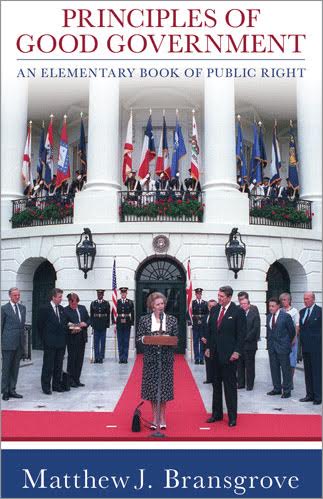Our task is to see that potential aggressors, from whatever quarter, understand plainly that the capacity and the resolve of the West would deny them victory in war, and that the price they would pay would be intolerable. That is the basis of deterrence.
—Margaret Thatcher. Speech to the United States Congress, February 20, 1985.
Police officers deter those who would use weapons to harm the innocent. This constitutes a standing threat that the use of deadly force will immediately be met with deadly counter-force. Likewise, potential aggressor nations must know, with absolute certainty, that the Free World has the capacity and the will to punish them instantly. They must have no illusions, nor should the threshold be ambiguous; there must be nothing to tempt a tyrant’s propensity to gamble. As Margaret Thatcher noted: “Hitler believed he could have victory without war, or with not very much or very difficult war. The cost to humanity of disproving that belief was immense; the cost of preventing him from forming it in the first place would have been infinitely less.” (Speech to the United Nations, June 23, 1982.)
For deterrence to work, potential aggressors must know that they can be destroyed, that there exists the will to violently resist their aggression—even at the cost of mutual destruction—and they must know exactly what actions will bring about war. Finally, for effective deterrence there must be immunity from surprise. In ancient times this was achieved by fortifying towns and keeping an adequate stock of arms and provisions stored inside. An enemy had no hope of a quick and cheap victory by a sneak attack and knew as much. Today, dispositions such as patrolling submarines armed with nuclear missiles and rapid-reaction conventional forces serve a similar purpose.

